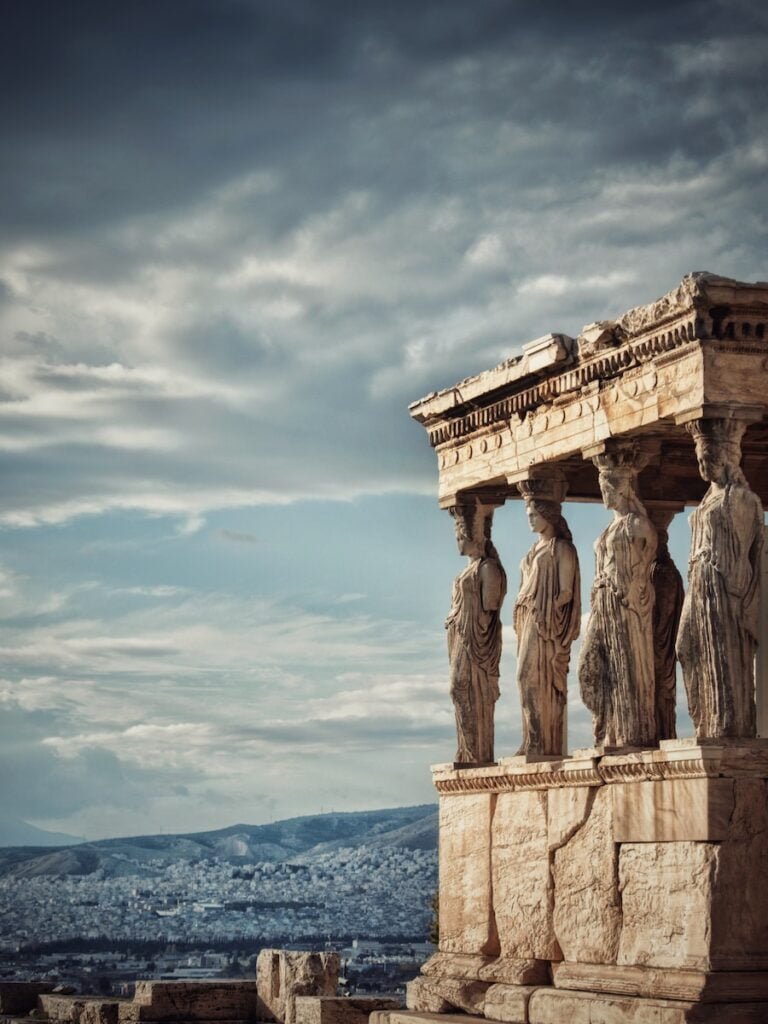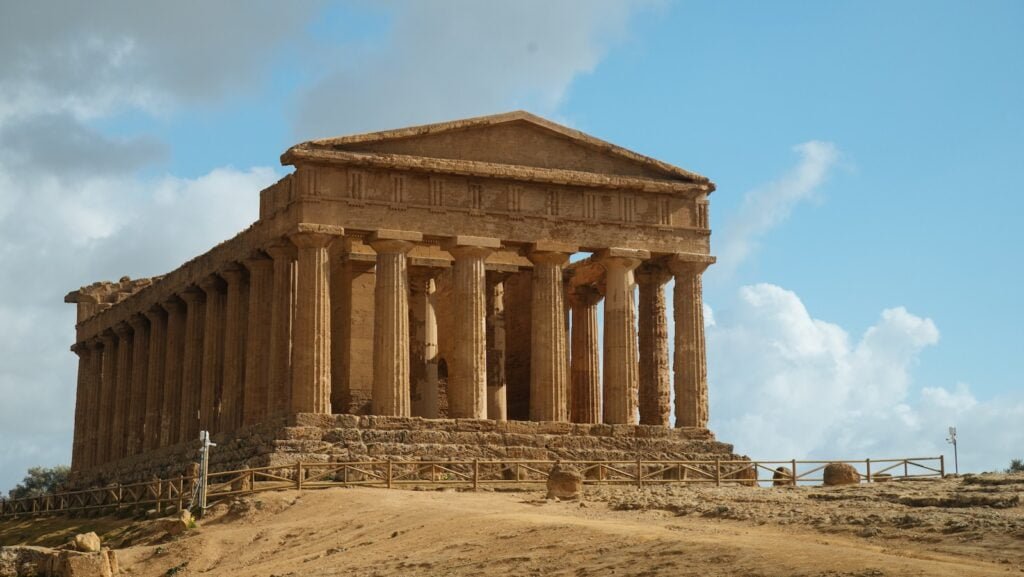Introduction
Nestled atop the Acropolis in Athens, Greece, the Parthenon stands as a symbol of ancient Greek civilization and a testament to human ingenuity and architectural prowess. This iconic temple, dedicated to the goddess Athena, has fascinated travelers, historians, and architects for centuries. Join me on a journey through time as we explore the Parthenon’s rich history, architectural marvels, and the experience of visiting this world-renowned site.
A Brief History

The Parthenon was constructed between 447 and 438 BCE during the golden age of Athens. It was built to replace an earlier temple destroyed by the Persians and to house a massive statue of Athena, the city’s patron goddess.
The temple’s design was conceived by the architects Ictinus and Callicrates and overseen by the famous sculptor Phidias. The Parthenon became a symbol of Athenian democracy and power, and its decorative sculptures are considered some of the highest achievements of Greek art.
Over the centuries, the Parthenon has served various roles, including a Christian church, a mosque, and even a gunpowder storage facility. These changes have left their mark, and the building has suffered damage from wars, earthquakes, and misguided restoration efforts.
Architectural Marvel
The Parthenon’s architectural brilliance lies in its proportions, symmetry, and optical illusions. Its design follows the classical Doric order, with 46 outer and 19 inner columns.
One of the most intriguing aspects of the Parthenon’s design is its subtle curvature. The stylobate (floor) curves slightly upward, and the columns lean inward, creating an illusion of straight lines and perfect symmetry. These optical refinements were intended to correct distortions seen by the human eye and make the temple appear more harmonious.
The frieze and metopes depict various mythological and historical scenes, including the battle between the Centaurs and Lapiths and the famous Panathenaic procession. The quality and detail of these sculptures are unparalleled and have inspired generations of artists.
Visiting the Parthenon
Getting There

The Acropolis is easily accessible from the center of Athens. You can take a leisurely walk, hop on a bus, or take the metro to the Acropolis station. From there, it’s a short hike up to the entrance.
Tickets and Timing
It’s advisable to purchase tickets online in advance, especially during peak tourist seasons. The ticket includes entry to other nearby sites like the Ancient Agora and the Temple of Olympian Zeus.
Early morning or late afternoon visits are recommended to avoid the crowds and the scorching heat during summer. The golden hues of the setting sun on the marble create a magical experience.
Exploring the Site

Once inside, take your time to explore not only the Parthenon but also the surrounding ruins, including the Erechtheion and the Odeon of Herodes Atticus. Guides and audio tours are available to provide insights into the history and significance of the site.
Don’t forget to visit the Acropolis Museum, located nearby. It houses many original sculptures and artifacts from the Parthenon and offers a deeper understanding of ancient Greek culture.
Conclusion

The Parthenon is more than just a historical site; it’s a living testament to human creativity, art, and civilization. Whether you’re a history buff, an architecture enthusiast, or simply a curious traveler, the Parthenon offers a rich and unforgettable experience.
As you stand beneath its towering columns and gaze upon its intricate friezes, you can’t help but feel a connection to the ancient world and a profound appreciation for the enduring beauty of human expression. The Parthenon is not just a destination; it’s a journey through time, a link between the past and the present, and a must-see on any trip to Greece.



